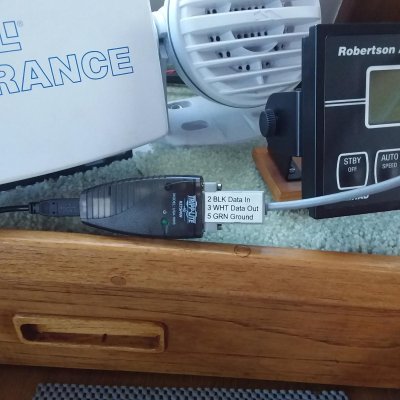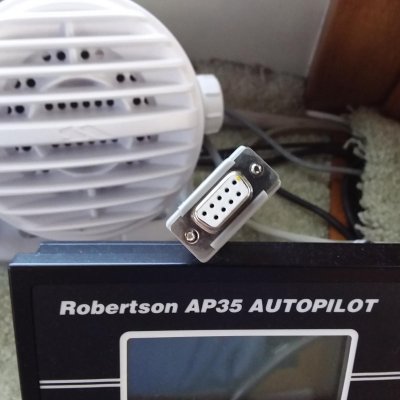sdowney717
Guru
- Joined
- Jan 26, 2016
- Messages
- 2,264
- Location
- United States
- Vessel Name
- Old Glory
- Vessel Make
- 1970 Egg Harbor 37 extended salon model
2 radios of interest have DSC
Cobra Electronics MR F45-D
ICOM IC-M402S
Someone told me I need a USB to RS485 RS422 adapter to send NEMA data into the radio.
maybe this
https://www.ebay.com/itm/DTECH-4ft-...740289?hash=item1cd6cb6d41:g:4tcAAOSwug5dReC9
Then the GPS data can be sent to the radio?
Anyone familiar with what I want to do?
Cobra Electronics MR F45-D
ICOM IC-M402S
Someone told me I need a USB to RS485 RS422 adapter to send NEMA data into the radio.
maybe this
https://www.ebay.com/itm/DTECH-4ft-...740289?hash=item1cd6cb6d41:g:4tcAAOSwug5dReC9
Then the GPS data can be sent to the radio?
Anyone familiar with what I want to do?


